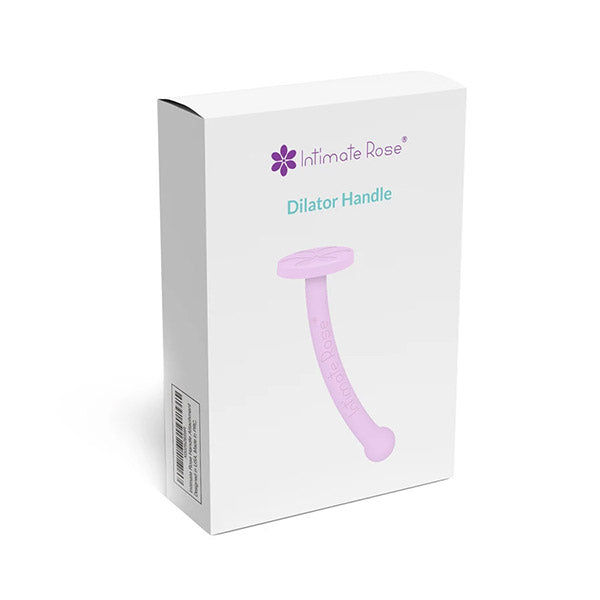Muscle spasms, no matter where in your body they take place, can range from annoying to downright painful and unpleasant.
Most of us will experience some type of muscle spasm from time to time, but vaginal spasms or those in and around your pelvic area can be especially irritating.
After all, when you get a cramp or spasm in your leg you can easily massage and stretch to relieve symptoms, but manipulating the musculature of the pelvic area isn’t near as easy.
What Are Pelvic Floor Muscle Spasms?
Pelvic floor muscle spasms are involuntary contractions or tightening of the muscles in the pelvic floor. These spasms can cause pain, discomfort, and difficulty with functions like urination, bowel movements, and sexual activity. Pelvic floor muscle spasms may result from stress, trauma, injury, or underlying medical conditions.
Anatomy of The Pelvic Floor
The pelvic floor is an intricate and complex interconnected area of tissues and musculature stretching from the tailbone to the pubic bone. For females, this musculature aids in supporting the bladder, bowel and womb.
But when things go awry and spasms set in, these supportive tissues can transform into your worst enemy.
Tight? Start here!
What Do Pelvic Muscle Spasms Feel Like?
Spasms originating from the pelvic floor can range in both intensity and duration, often feeling like an acute tightening of bands or tough knot-like areas under the skin.
Symptoms Often Include:
- Pressure or pain in and around the rectum and vaginal areas
- Pain or a frequent urge to urinate
- Dysfunction of the bowel
- A heavy feeling in the pelvic area
- Obvious muscle spasm symptoms similar to what you would experience when any other muscle in your body spasms
Other symptoms may include dyspareunia (pain during sex or penetration), or interstitial cystitis.
What Are the Underlying Causes of Pelvic Muscle Spasms?
These spasms are often the result of a weak pelvic floor caused by or as a result of:
- Injury or physical trauma
- Congenital defects
- Childbirth
- Regular lifting of heavy objects
- Connective tissue disorder
- Straining from constipation
- Obesity
Levator Syndrome: This syndrome, marked by abnormal spasms of the pelvic musculature located in the rectum (levator ani muscle), can be a possible cause.
Underlying reasons for this condition are often uncertain, although symptoms may worsen when laying down, seated, or after a bowel movement.
Is There Anything You Can Do to Relax the Pelvic Floor Muscles?
For women suffering from pelvic spasms, luckily there are non-surgical treatments that can be carried out in the privacy of their own homes, safely and reliably.
These treatments generally consist of various pelvic floor physical therapy, including tactics aimed at improving posture, relaxing myofascial tension, enhancing pelvic muscle elasticity, and relaxing surrounding muscles.
Pelvic Wand
Pelvic wands made from medical grade silicone for comfort and safety are uniquely designed to treat difficult to reach pelvic floor muscles.
Carefully engineered ergonomics means optimal impact on relieving tension and reducing discomfort. If this is an option you’d like to explore, check out Intimate Rose’s unique and patented design Pelvic Wands, available in original and vibrating!
Pelvic Wands

Breathing Exercises
These can help you to relax, reduce tension and alleviate symptoms when experiencing spasms. First, lay down on your back on a flat surface with both knees bent.
Inhale deeply, concentrating on filling your abdomen with air. Next, seek to relax your pelvic floor by focusing on moving the breath downward, lowering the pelvic floor. Repeat for a series of 5-10 cycles or as needed.
Vaginal Dilator
These devices, resembling a smooth silicone shaped cylinder, are made from medical-grade materials and uniquely designed to help with elasticity, strengthening pelvic and vaginal musculature, relaxing surrounding tissues, and improving circulation.
Don’t Suffer Needlessly
Vaginal spasms aren’t just embarrassing and annoying. For many women they can be painful, causing discomfort and disrupting their everyday lives. Luckily there are proven pelvic floor therapies you can participate in at home to help prevent spasms and alleviate symptoms.
Don’t suffer in silence, reach out to our team today with any questions you may have and to get advice on which products may be best suited to help you feel your best.

Tight? Start here!





















